When Trees Are Dying
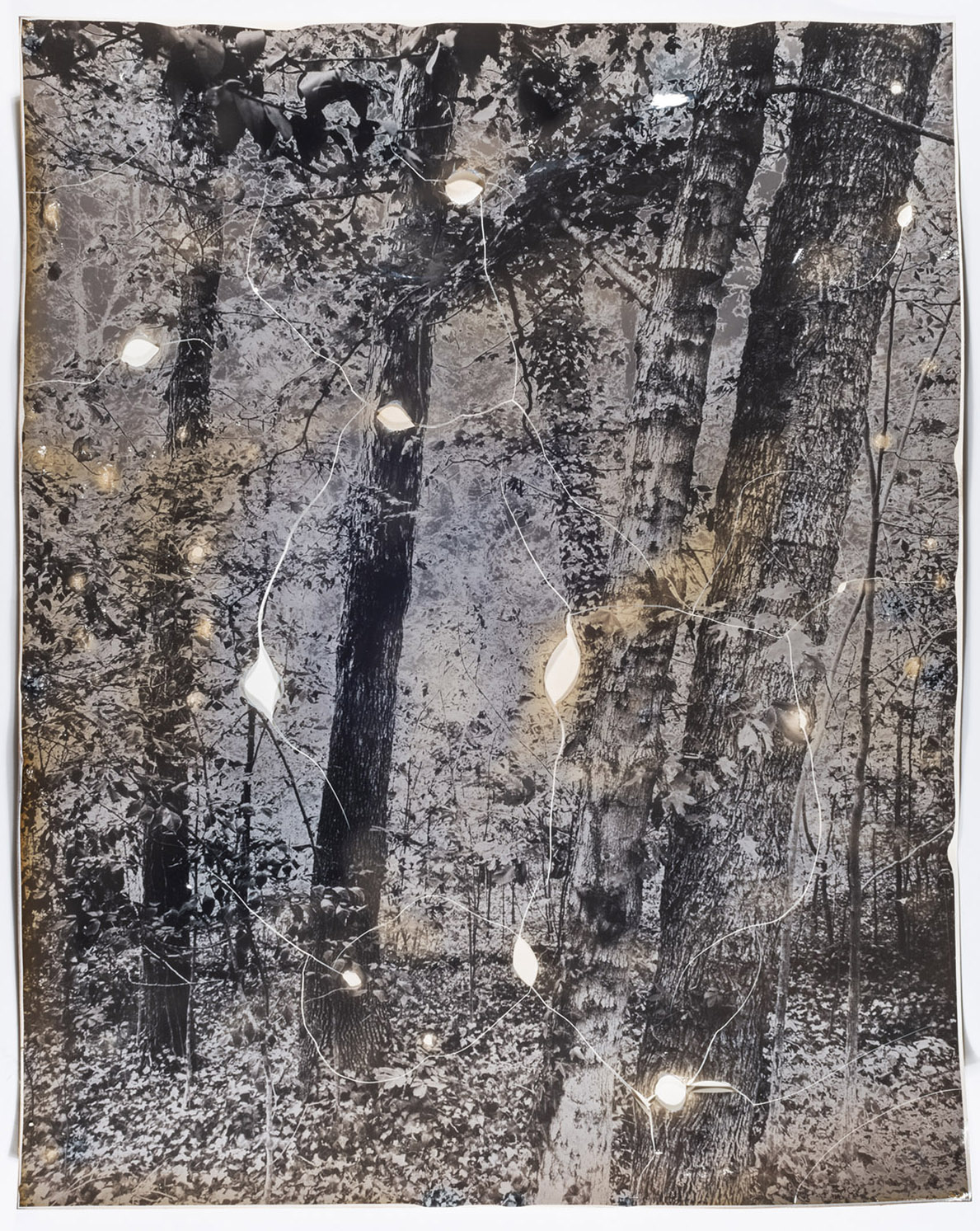
Battle Park, NC (3), version 1 (2019-20) 14x11”, solarized and roasted gelatin silver print

Mount Greylock, MA (2), version 1 (2019-20) 16x20”, solarized and roasted gelatin silver print
 Rumbling Bald, NC (1), version 1 (2020-21) 8 x 10”, solarized and raosted gelatin silver print
Rumbling Bald, NC (1), version 1 (2020-21) 8 x 10”, solarized and raosted gelatin silver print 
Hemlock Bluffs Nature Preserve, NC (2), version 3 (2020-21)
8 x 10”, solarized and raosted gelatin silver print
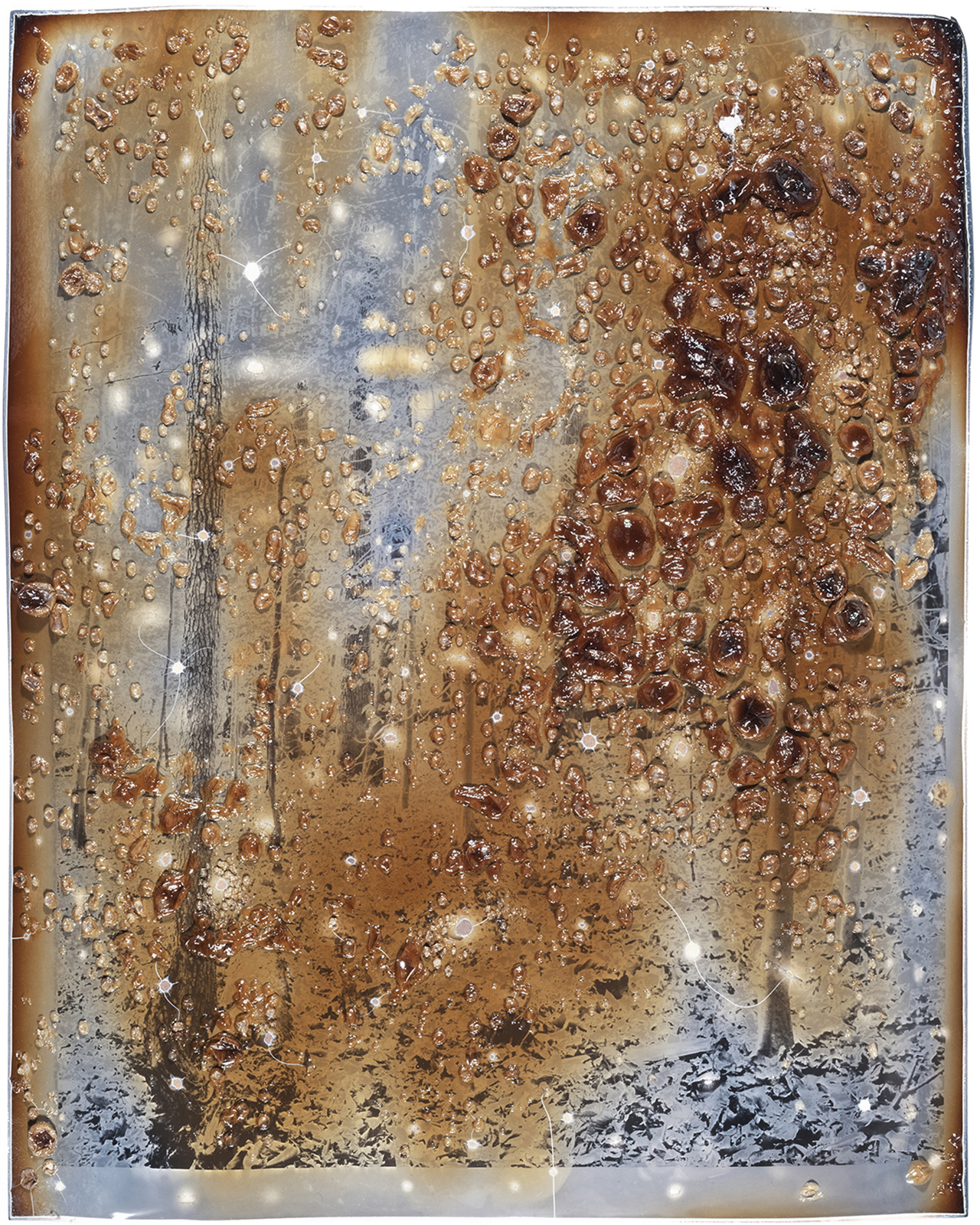
Battle Park, NC (1), version 1 (2019) 10 x 8”, solarized and raosted gelatin silver print
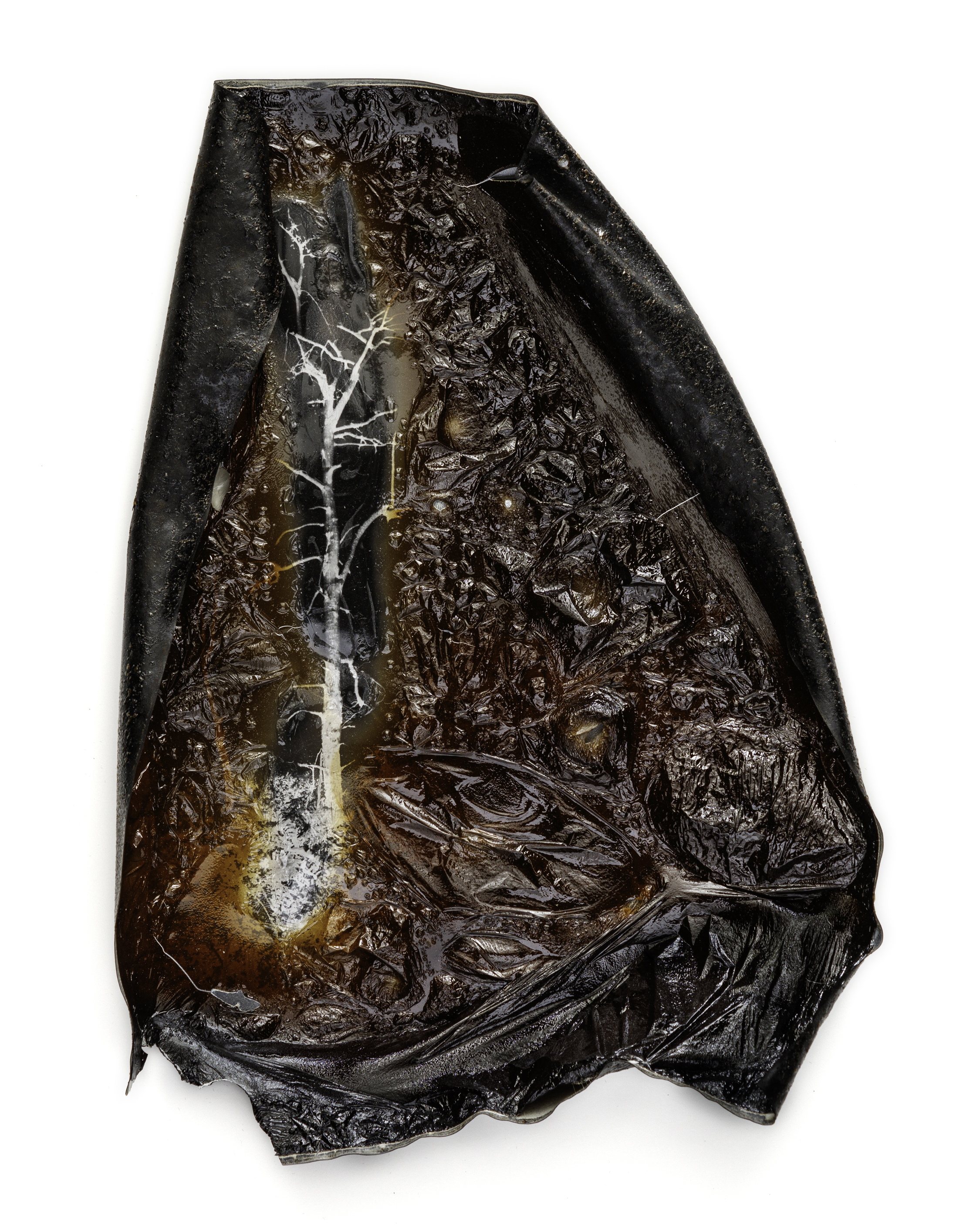
Rumbling Bald, NC (5), version 1 (2020-21) solarized and burned gelatin silver print © Dot Editions 2021
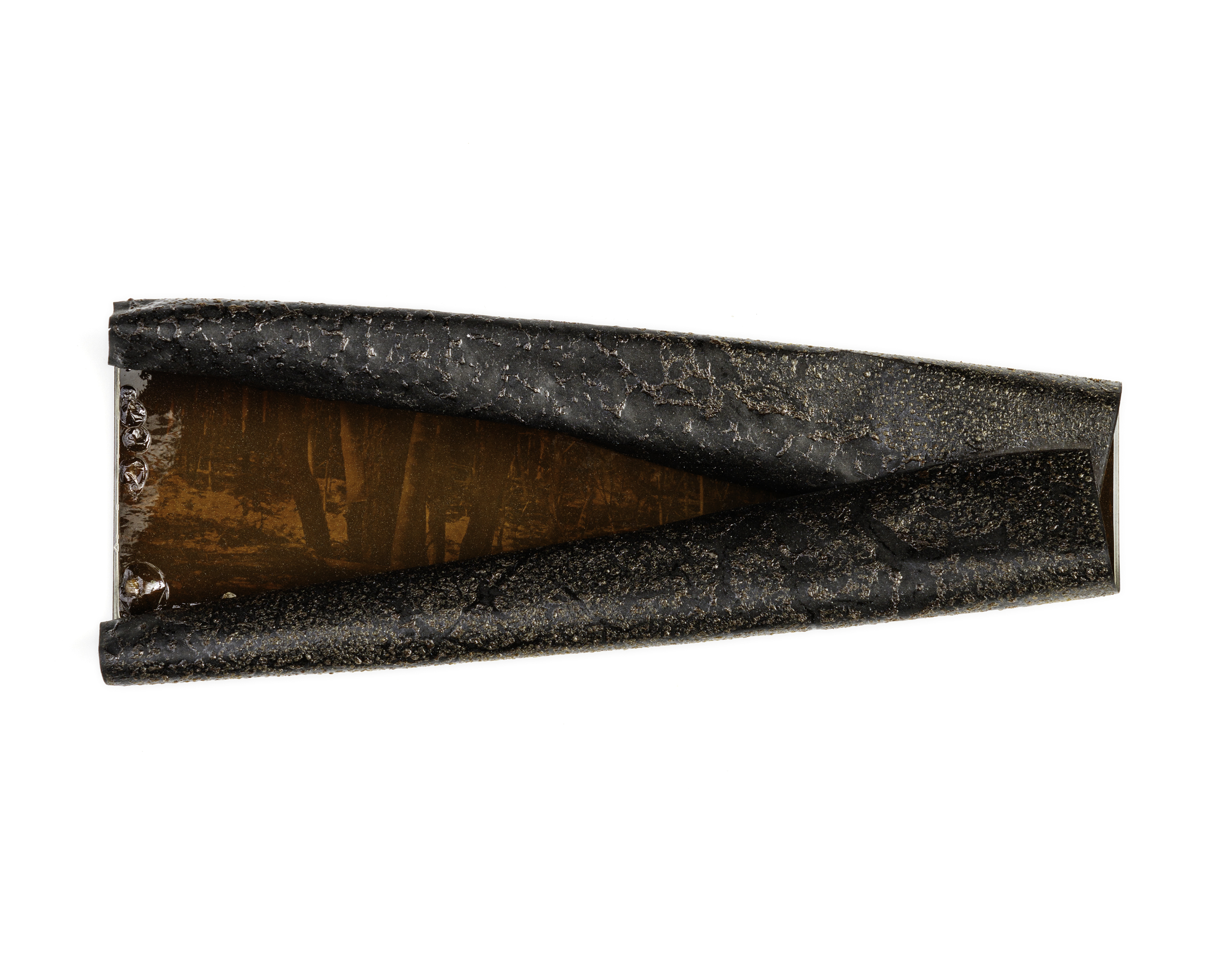
Hemlock Bluffs Nature Preserve, NC (2), version 4 (2020-21) 4.5 x 8”, solarized and burned gelatin silver print © Dot Editions 2021
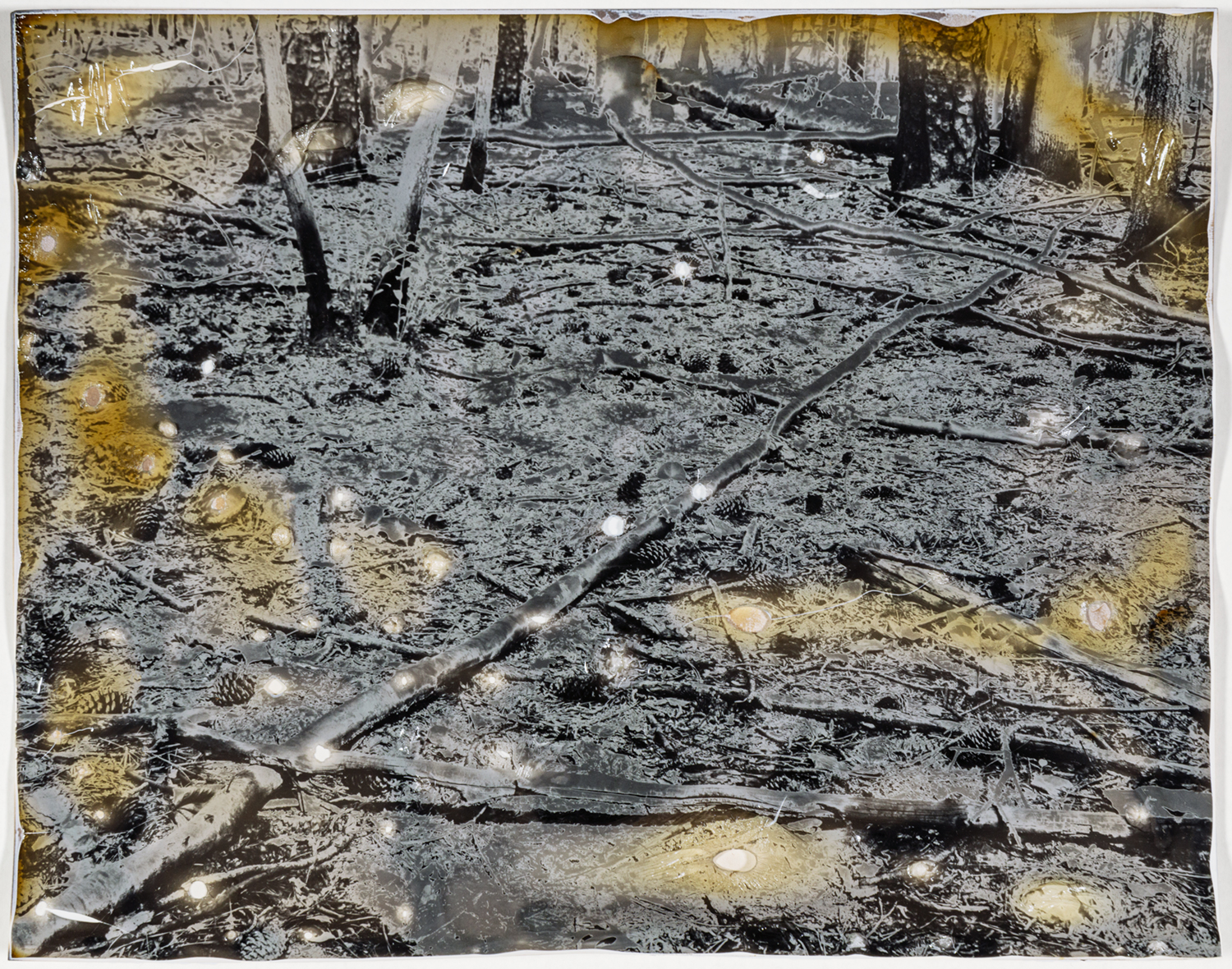
Hemlock Bluffs Nature Preserve, NC (1), version 1 (2020-21)
8 x 10”, solarized and raosted gelatin silver print
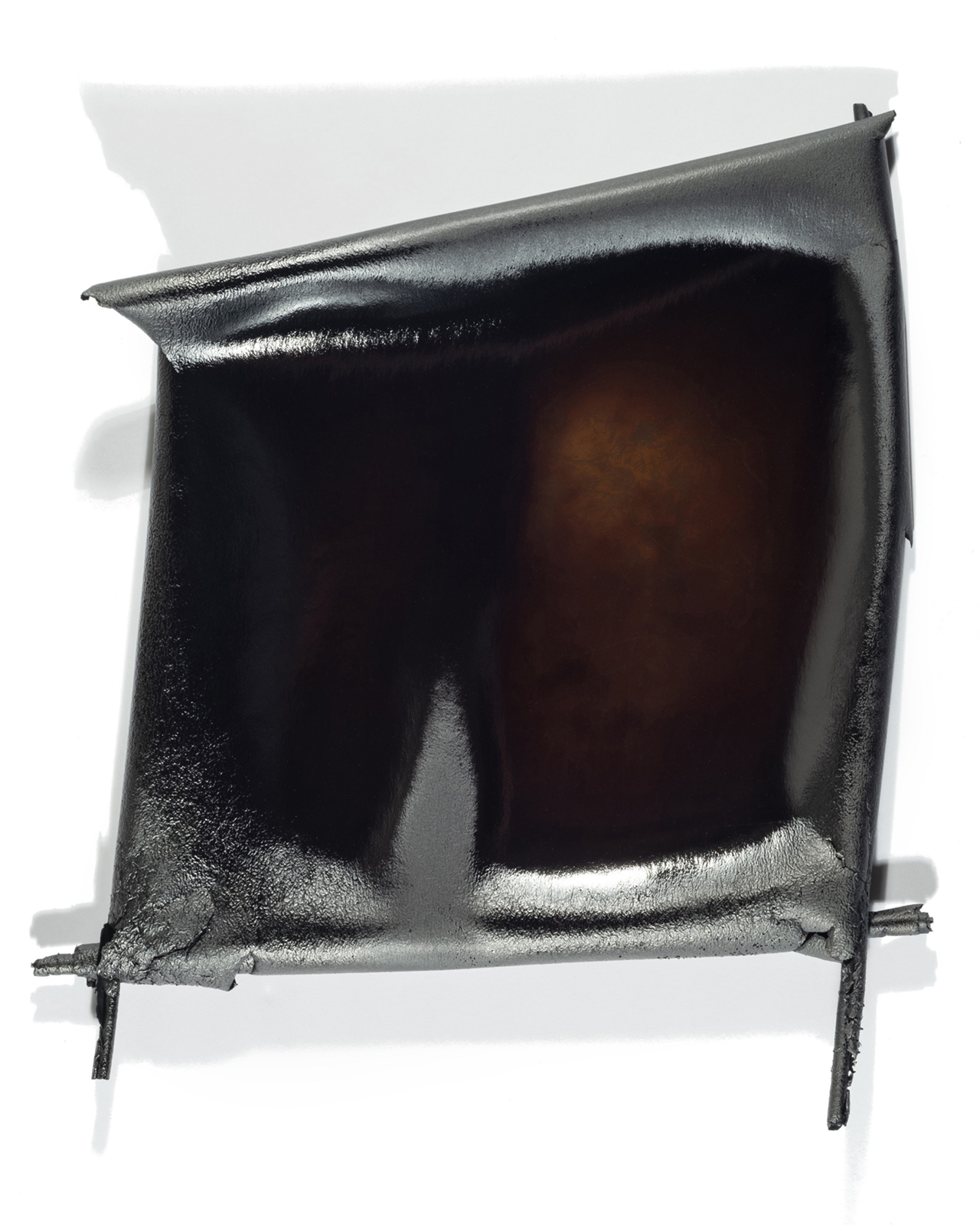
Battle Park, NC (1), version 2 (2019) 10 x 8”, solarized and burned gelatin silver print

Rumbling Bald, NC (4), version 1 (2020-21) 10 x 8”, solarized and burned gelatin silver print
 Rumbling Bald, NC (3), version 1, (2020-21) 8 x 10”, solarized and burned gelatin silver print
Rumbling Bald, NC (3), version 1, (2020-21) 8 x 10”, solarized and burned gelatin silver print “When Trees Are Dying” is a photography project that explores the effects of human-made climate change on forests. Forests are major carbon sinks and remain one of the most critical ecosystems to preserve covering 31% of the globe’s land surface with half of the world’s forests having their homes in the Russian Federation, Brazil, Canada, the United States of America and China[1].
Not only are forests important for biodiversity, but also for water and oxygen supply, food production, providing livelihoods, and mitigating climate change among others. However, deforestation and degradation continue at alarming rates which alongside increased carbon dioxide in the atmosphere lead to increasing average and extreme temperatures across the globe.
Depending on their geographic location, trees face a variety of climate change impacts from rising temperatures to drought, fires, invasive pests, flooding, storms, sea level rise, or saltwater intrusion. Using 4x5 film and a large format camera, I photographed forests in two U.S. states and climate zones (North Carolina and Massachusetts) to show the impacts of global warming.
[1]FAO and UNEP. 2020. The State of the World’s Forests 2020. Forests, biodiversity and people. Rome. https://doi.org/10.4060/ca8642en
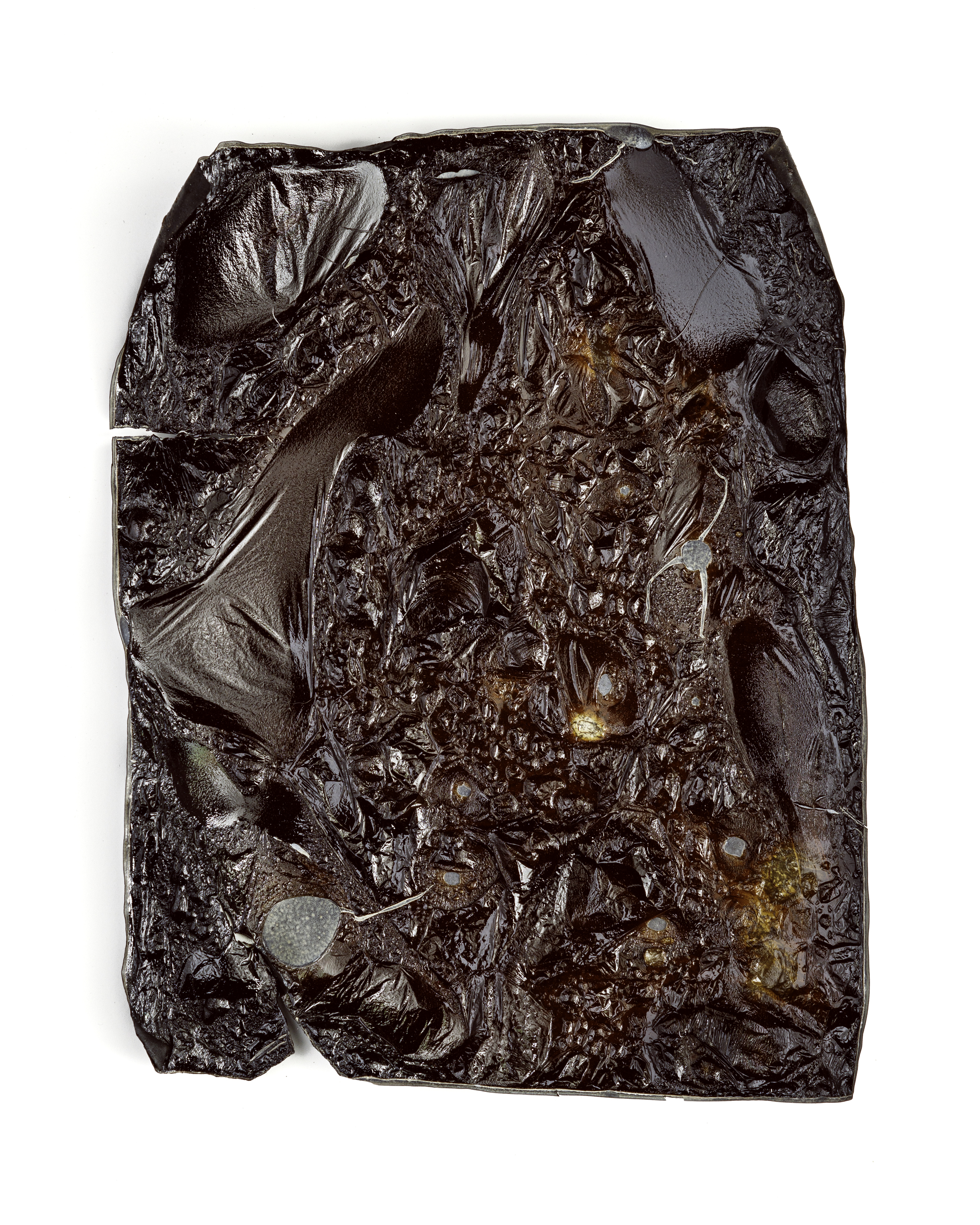 Rumbling Bald, NC (4), version 2 (2020-2021) solarized and burned gelatin silver print 9.75 x 7.5 inches (burned), 10 x 8 inches (paper size) © Dot Editions 2021
Rumbling Bald, NC (4), version 2 (2020-2021) solarized and burned gelatin silver print 9.75 x 7.5 inches (burned), 10 x 8 inches (paper size) © Dot Editions 2021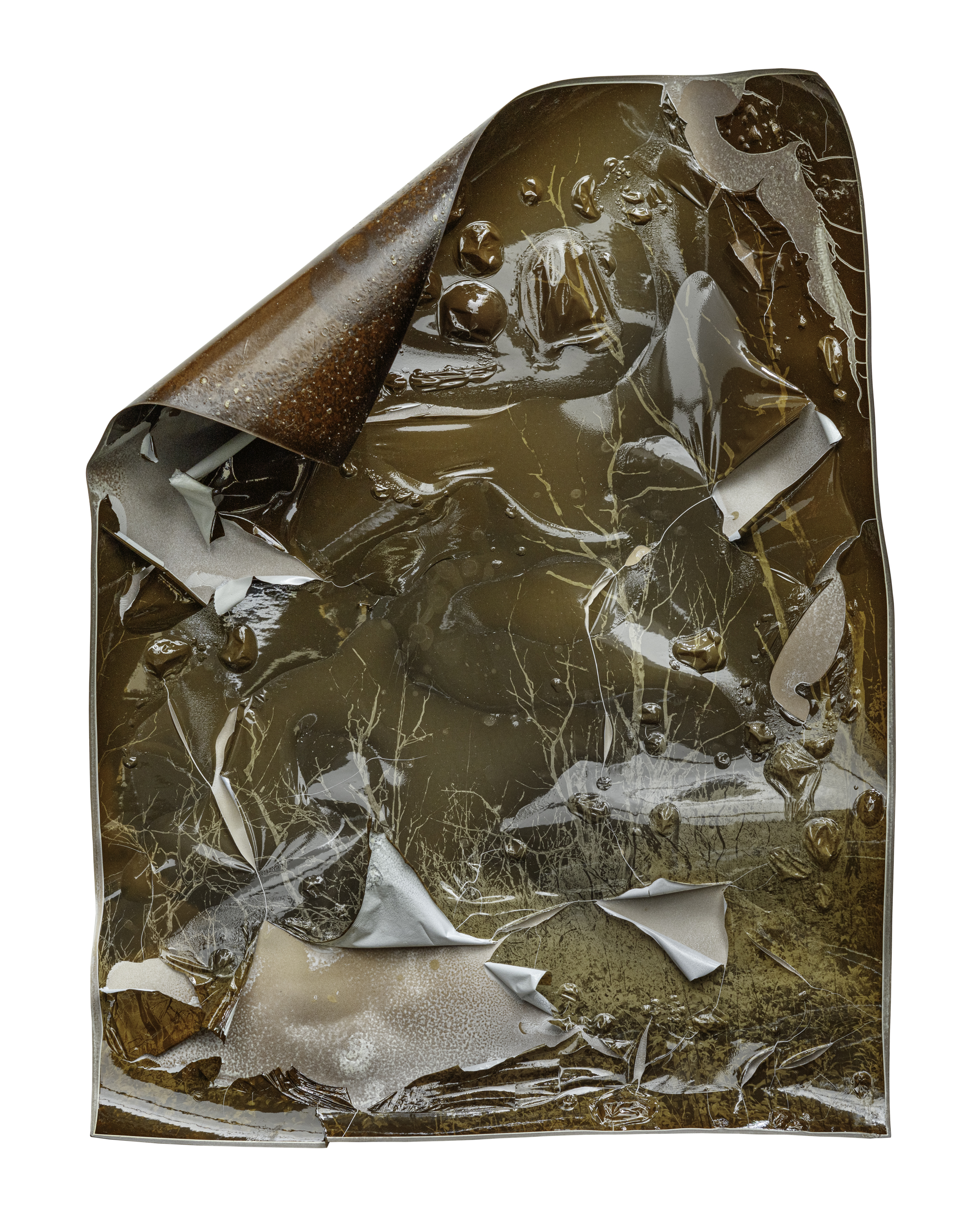 Wayah Bald, NC (3), version 2 (2020-2021) 14 x 11”, Solarized and roasted gelatin silver print © Dot Editions 2021
Wayah Bald, NC (3), version 2 (2020-2021) 14 x 11”, Solarized and roasted gelatin silver print © Dot Editions 2021
2019 - Ongoing
Different Sizes
Unique Gelatin Silver Prints and
Archival Pigment Prints, Edition of 5 (1 AP)
 Wayah Bald, NC (1), version 1 (2020) 24 x 20”, solarized gelatin silver print
Wayah Bald, NC (1), version 1 (2020) 24 x 20”, solarized gelatin silver print
Mount Greylock, MA (1), version 1 (2019-20), 16x20”, solarized gelatin silver print

Monroe State Park, MA (1), version 1 (2019-20) 20x16”, solarized gelatin silver print
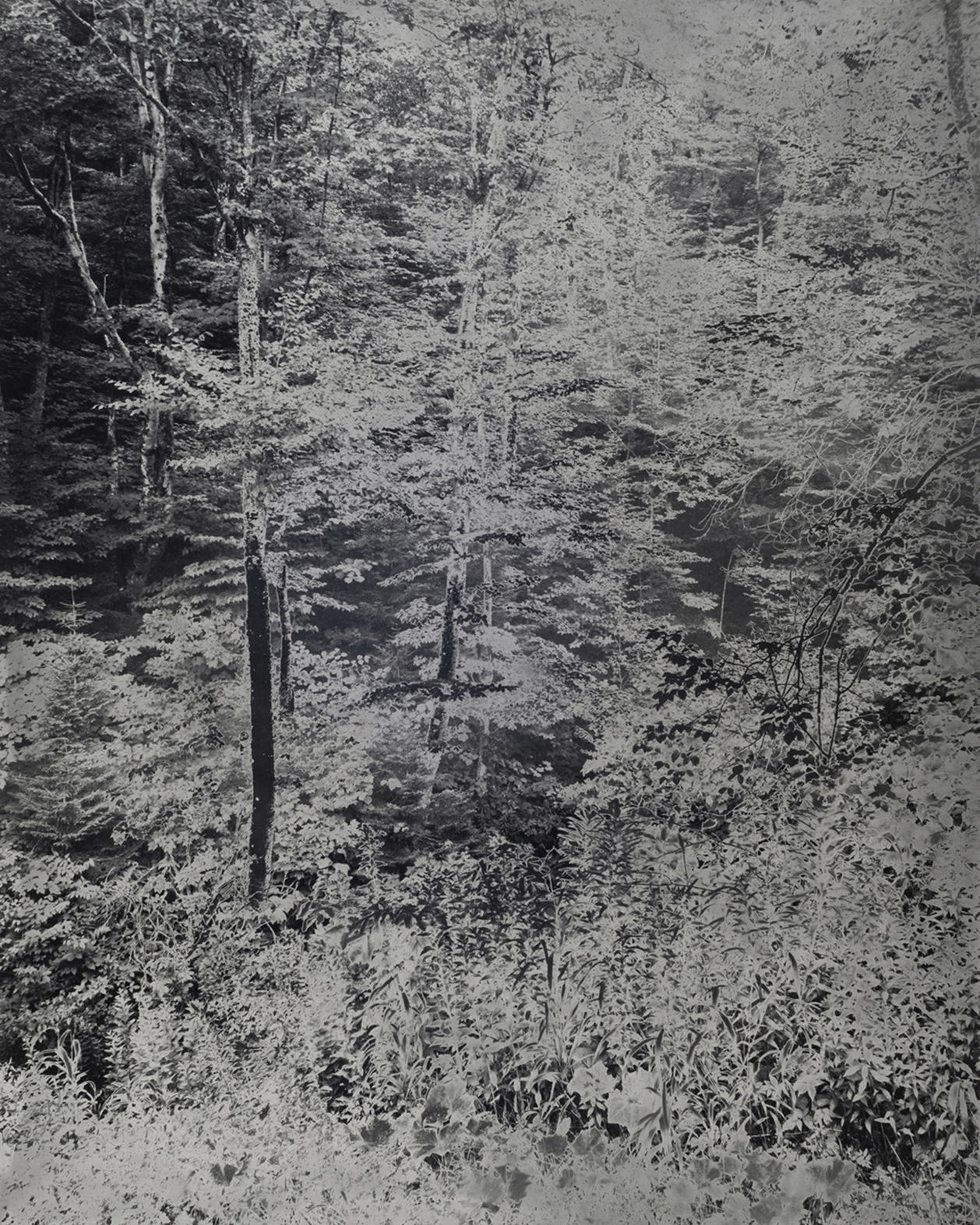
Mount Greylock, MA (3), version 1 (2019-20) 14x11”, solarized gelatin silver print
 Buxton Woods, NC (1) (2021) archival pigment print, 30 x 37.5”
Buxton Woods, NC (1) (2021) archival pigment print, 30 x 37.5”
Harvard Forest, MA (1), version 1 (2019-21) ripped gelatin silver print, 16 x 21”
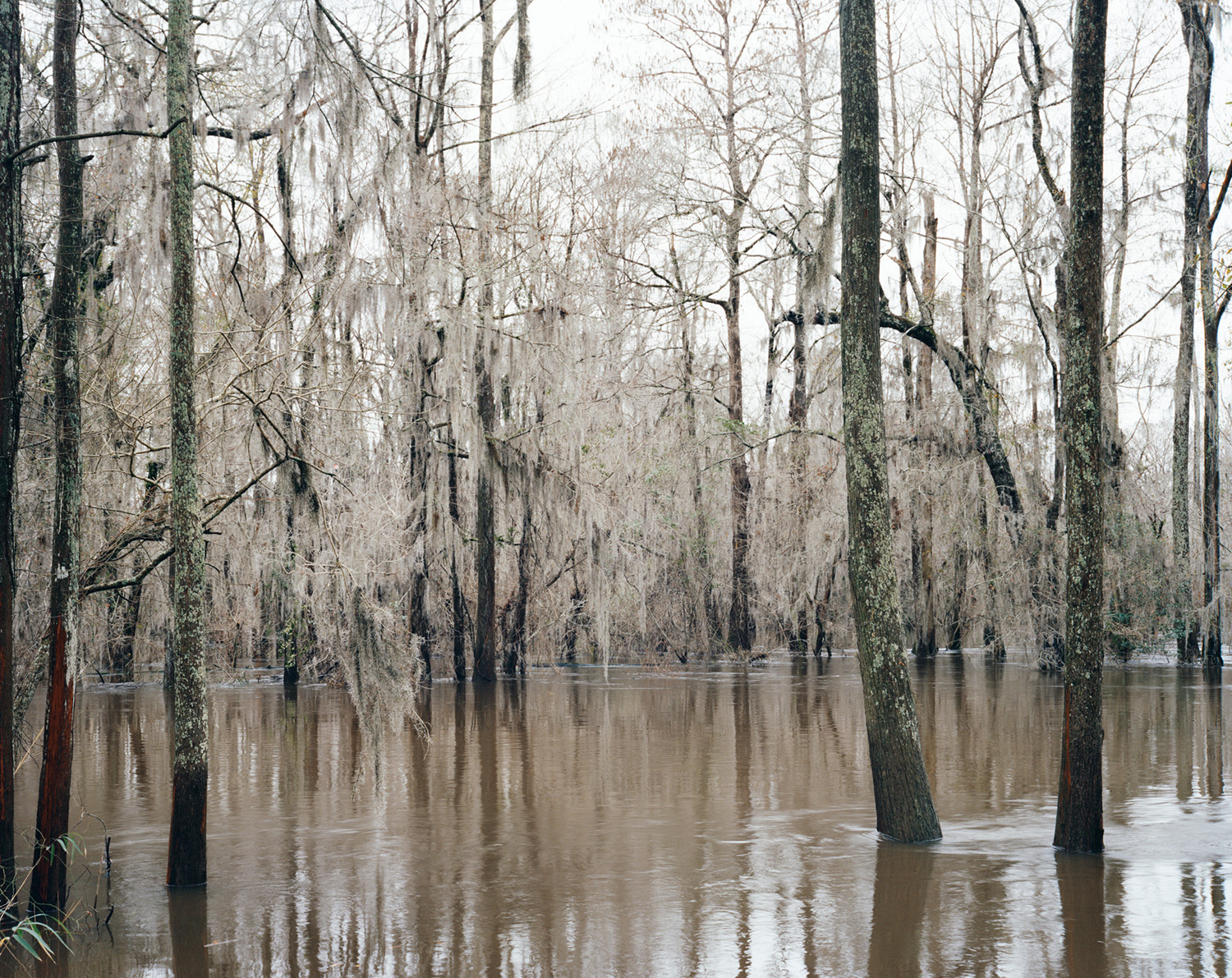 Lumber River, NC (1), (2021) archival pigment print, 30 x 37.5”
Lumber River, NC (1), (2021) archival pigment print, 30 x 37.5”I used specific photographic processes to represent each impact. For example, I invoke warming through solarizing prints in the darkroom; drought with solarized prints roasted in a kiln; sea level rise by mirroring gelatin silver prints; saltwater intrusion by adding sea salt from the North Carolina coast. The resulting photographs are presented as an installation with both color and black and white photographs.
 Nags Head Woods Preserve, NC (1) (2021), archival pigment print, 24 x 20”
Nags Head Woods Preserve, NC (1) (2021), archival pigment print, 24 x 20”
![]()
Bolin Creek, NC (1) (2021), archival pigment print, 24 x 20”
![]()
They Frying Pan, NC (1) (2021), archival pigment print, 8 x 10”
![]()
Alligator River National Wildlife Refuge, NC (1), version 1 (2021) archival pigment print, 8 x 10”
![]()
Alligator River National Wildlife Refuge, NC (2), version 1 (2021) archival pigment print, 8 x 10”
Bolin Creek, NC (1) (2021), archival pigment print, 24 x 20”
They Frying Pan, NC (1) (2021), archival pigment print, 8 x 10”

Alligator River National Wildlife Refuge, NC (1), version 1 (2021) archival pigment print, 8 x 10”

Alligator River National Wildlife Refuge, NC (2), version 1 (2021) archival pigment print, 8 x 10”
Photography creates a plethora of carbon emissions such as traveling to locations, shipping, and supplies such as paper and darkroom chemicals among others. I tried to stay local as much as possible to emit as little carbon as possible. The first part of the project was photographed in Massachusetts while I was attending a residency at Massachusetts Museum of Contemporary Art and while a visiting researcher at Harvard Forest in 2019. The carbon emissions created with this project were offset through www.carbonfootprint.com.

Eno River, NC (1) (2020-21) laser etched archival pigment print, 20 x 16”

Mount Mitchell, NC (2) (2020) archival pigment print, 38.4 x 16”

Mt. Mitchell, NC (1) (2020) 30 x 37.5”, archival pigment print
This project was supported by awards from the Office of the Executive Vice Chancellor and Provost, the Institute for the Arts & Humanities, and the Department of Art & Art History, University of North Carolina, Chapel Hill.








